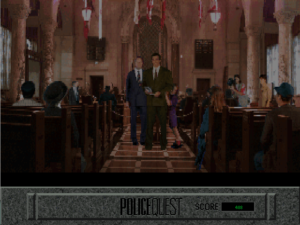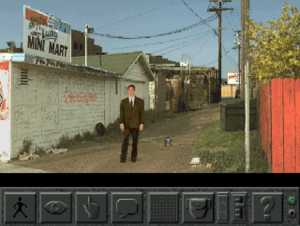Final Fantasy VI: Swapping Out
My merry band has picked up three more: Relm (tyke with magic paintbrush), Cyan (dour samurai), and Gau (wild boy), in that order. This means I’m once again over the limit on how many can be in the party at a time, and have to choose who to take with me. Obviously the last one to join up always gets a spot, just because I want to try them out and see if I want to keep them around more permanently — my memories of everyone’s relative usefulness are not necessarily reliable, and new abilities come with higher levels or better equipment I’m picking up. (For the wretched inhabitants of a destroyed world, the weapons and armor dealers have really managed to advance the state of the art. But I suppose this could be the result of necessity, as the world turns harsher and the monsters tougher. Or it could be a result of magic returning to the world, or of buried artifacts unearthed by the cataclysm. Or, y’know, it could be a RPG.)
To some slight extent, I’m choosing characters for story purposes. Cyan has been writing letters to a woman in one town, so I take him to meet her. Gau’s father is around — I don’t really remember meeting him before, but I must have, or else a lot of the dialogue in this section doesn’t make sense. Anyway, there’s a fairly involved cutscene about reuniting father and son, and its unsatisfactory consequences. I haven’t been to visit the moogle warren yet, but when I do, I’ll have to be sure to bring Relm so she can show off her newly-looted moogle suit. Celes is a constant fixture in my party (and consequently leveling up faster than anyone else) simply because she was the only playable character at the beginning of this half of the game, and therefore it feels like it’s her story. It was her idea to put the old gang back together, so she should be on hand to recruit each member personally.
Notably, even though the choice of characters is the closest thing this game has to FF5‘s Job system, I’m not choosing characters on the basis of their utility in the immediate context, like picking the ones with the skills to overcome the monsters or other obstacles in a particular area. What’s more, I didn’t even really do this back in the first half. I remember putting together some special teams to accompany Gau into the Veldt, but that was a matter of choosing the characters that benefit the most from the context, and that’s not quite the same thing. I mainly remember swapping people out as a way to level everyone up evenly, and to make sure everyone learned all the spells. And I may settle into that pattern again, once I’ve got everyone back. It’s certainly the way to go if you want to experience the game completely, to try out all the special powers and so forth, and it’s kind of necessary because you never know when the game is going to force a character on you. Characters that rejoin your party after an absence seem to get artificially leveled up to match the ones you’ve been leveling up yourself, but ones that you’ve simply kept waiting in the wings get no such handicap. But also, the first half frustrated the natural tendency to identify a core team: the sole initial character there was Terra, and she was simply pulled out of the party early on. Imagine losing Cloud Strife that way, or Heimdall, or Pikachu. It made it clear that this is not simply a hero’s journey, but an ensemble piece. Perhaps I’ve been forgetting this. Perhaps I should remember.
 Comments(0)
Comments(0)
